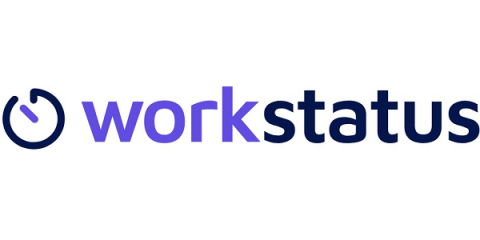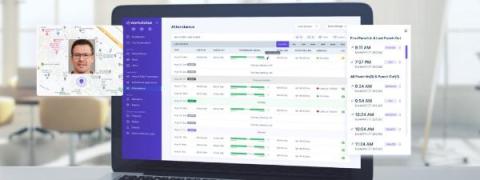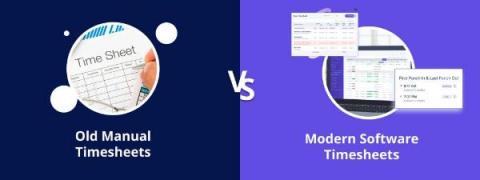Remote Work Mastery: Weekly Planning Essentials for Software Development Teams
We all know that remote work has become more than just a trend; it’s necessary. Mastering remote work is crucial, especially in software development, where innovation and agility are paramount. According to a recent study by FlexJobs, 74% of tech professionals believe that remote work is permanent, and companies that embrace it are likely to attract top talent.










